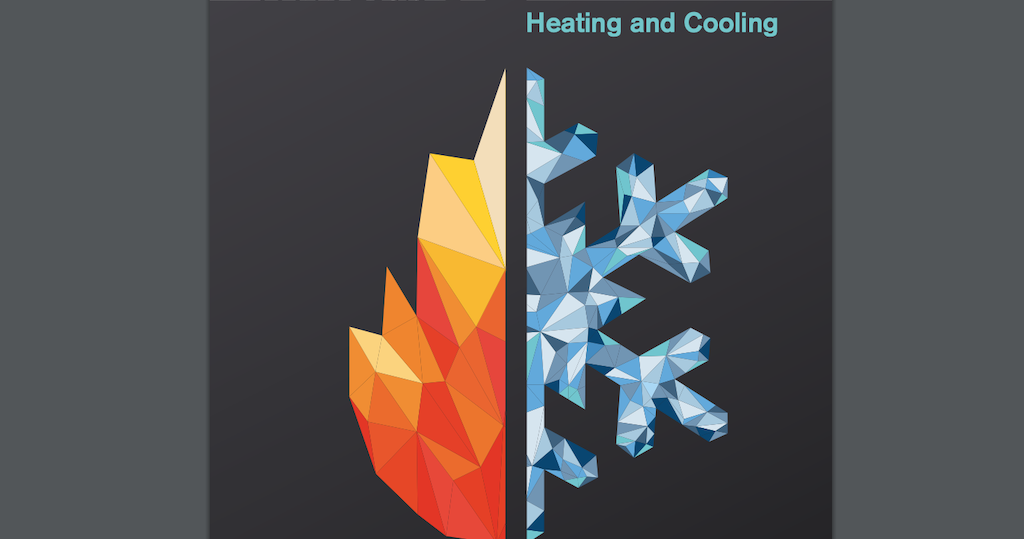Clean, sustainable heating and cooling crucial for reaching climate goals so IRENA, IEA and REN21

Timebound targets for renewable energy and efficiency in heating and cooling, and long term integrated energy plans for heating and cooling are crucial to achieve the transition to clean, sustainable heating and cooling. Geothermal can and should be part of it.
The International Renewable Energy Agency (IRENA), the International Energy Agency (IEA) and REN21 have released a report on “Renewable Energy Policies in a Time of Transition – Heating and Cooling“.
In recent years, significant progress has been made in clean energy transitions worldwide, especially through the growth of renewable energy in the power sector. However, transforming power mixes and reducing emissions from power generation is not in itself enough to reach sustainable energy goals. Some 50% of the energy used globally today is for heat production, and this is responsible for 40% of energy-related greenhouse gas emissions, as well as intense levels of air pollution that threaten the environment and public health. At the same time, more than one third of the world’s population still relies on the traditional use of biomass, kerosene or coal – mainly for cooking – with many negative socio-economic consequences.
Progress remains inadequate in the transition to a cleaner, more efficient energy system, in which renewables meet heating and cooling needs. This is in part because the renewable heat sector has not received as much policy attention as renewable electricity – attention that is needed to overcome current barriers. A major effort is needed to develop appropriate policies and put them into action, both to reduce emissions from heat use in industry and buildings and to widen access to clean and reliable energy.
As also highlighted in a recent IEA report on renewables, the overall heat demand lies at around 49-50% of the total final energy consumption in 2018. And of that around 73% is still being fueled by fossil fuels. So heating is and needs to be a fundamental part of the energy transition towards cleaner energy sources.
The report looks at the overall energy landscape, the approaches and cross cutting polices, renewables-based electrification of heating and cooling, as well as the different renewable energy technologies as source for heat.
Geothermal energy receives its consideration in the report, as well as the approach of district heating networks.
Highlighting the benefits, current status, and barriers, the report points to geothermal being the smallest renewable heat source with around 30 GW of direct use applications installed by the end of 2019.
While the benefits come incredibly short in the report, it provides an interesting overview what barriers should be targeted and how. Naming the following key barriers that need to be targeted:
- Low investor confidence owing to uncertainty about long-term market development
- Technical barriers related to geothermal applications
- Lack of demand stemming partly from the lack of public awareness of available options and benefits
- Lack of information on geothermal resources
- Risks related to the exploration of geothermal resources
- High operational costs
“Because of its localised nature and high productive use potential, geothermal heat can reach smallholder farmers and add value to their agricultural activities. However, good policy practices and financial support are needed for local communities to utilise geothermal hot water and steam affordably and sustainably. Kenya is one of the most successful countries in the world in the development of geothermal resources and the only country in sub-Saharan Africa to use it for agricultural purposes on a commercial scale.
Kenya’s success in leveraging its rich geothermal potential for direct heating for productive use (see Box 7.3) can be attributed to the following reasons: 1) integrated geothermal energy plans and rural development plans; 2) active engagement with local actors and promotion of partnerships; 3) assessment of specific productive use activities in the early stage; and 4) a strong focus on capacity building for end users.”
We strongly agree on may of the points raised, yet also see a lack on full awareness of the combined value provided by geothermal in the utilisation of heat for direct use applications. But I think we cannot blame the authors, but as an industry need to do a better job to highlight what geothermal has to offer.
Full report: IRENA, IEA and REN21 (2020), ‘Renewable Energy Policies in a Time of Transition: Heating and Cooling’. IRENA, OECD/IEA and REN21.
Source: IRENA/ IEA/ REN21